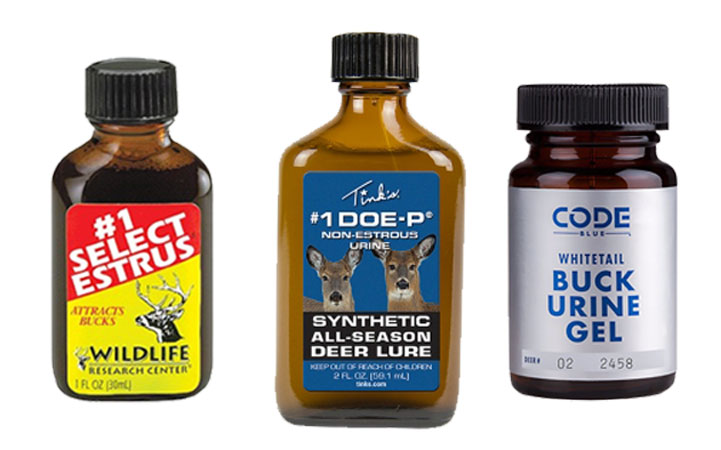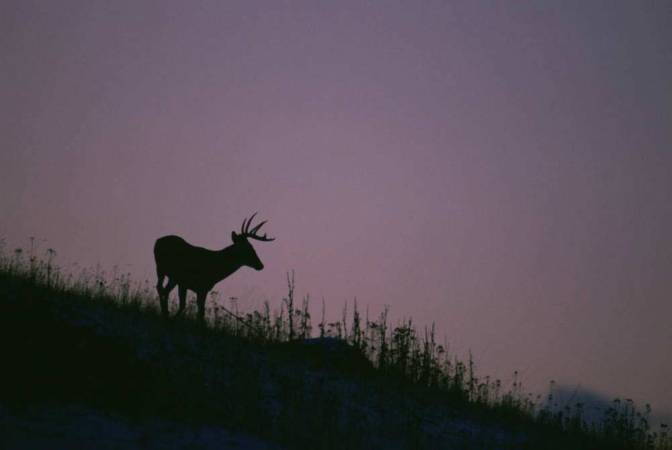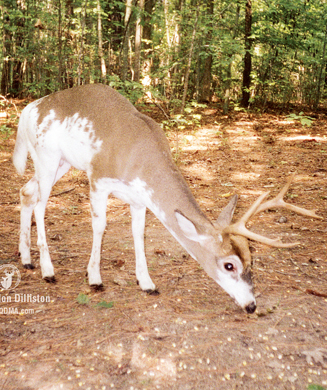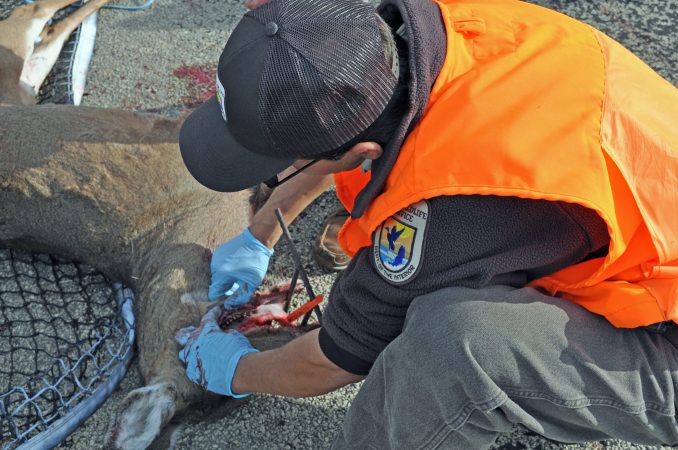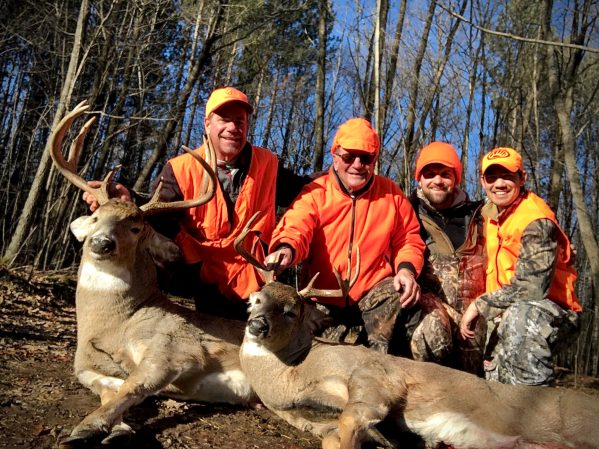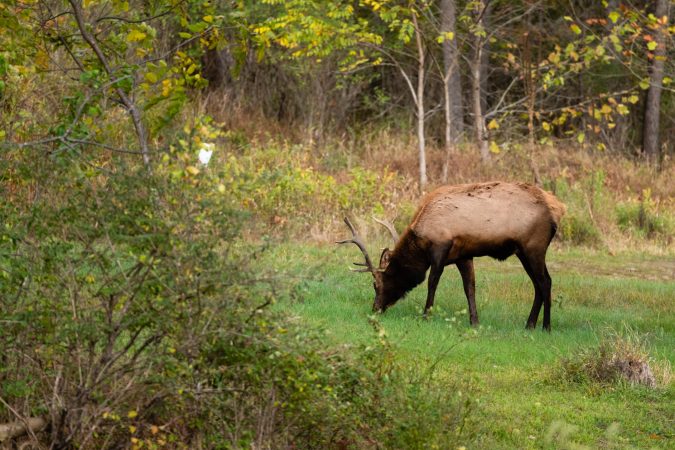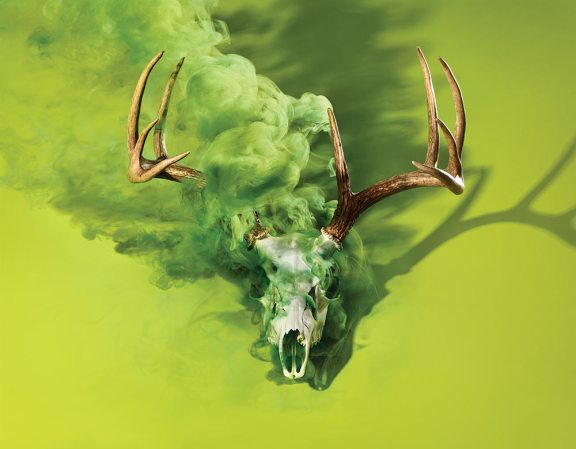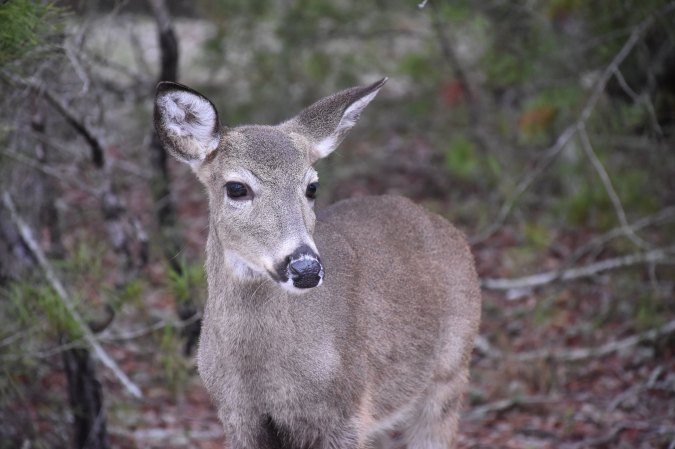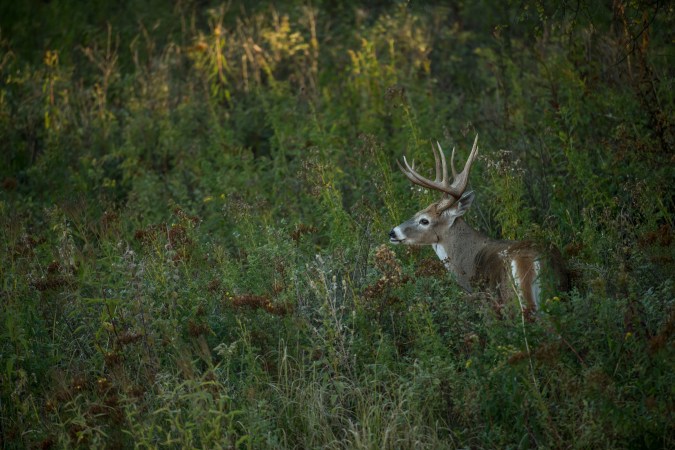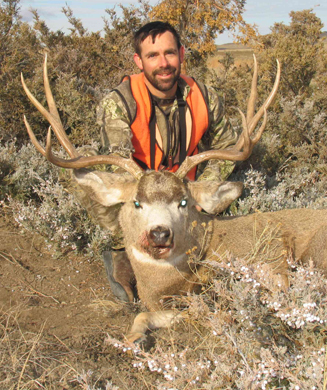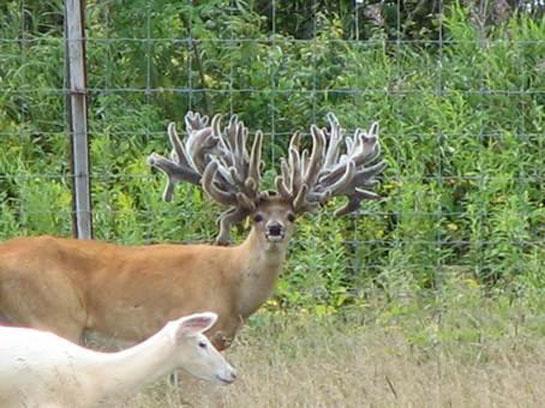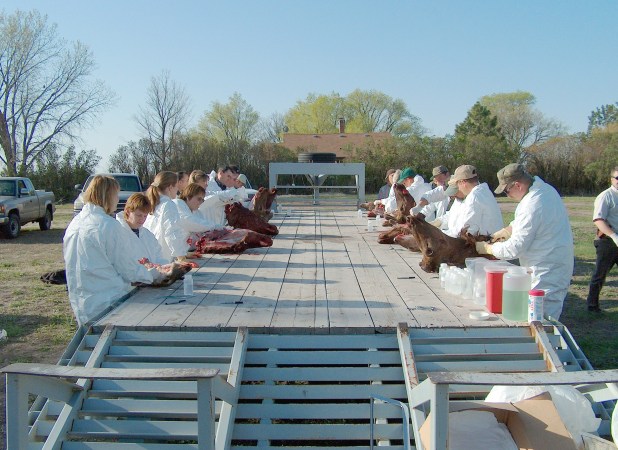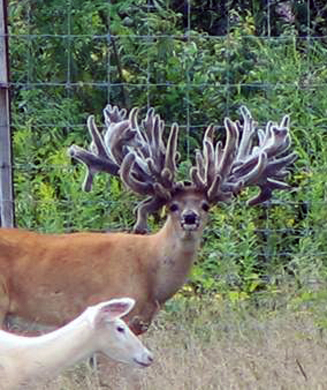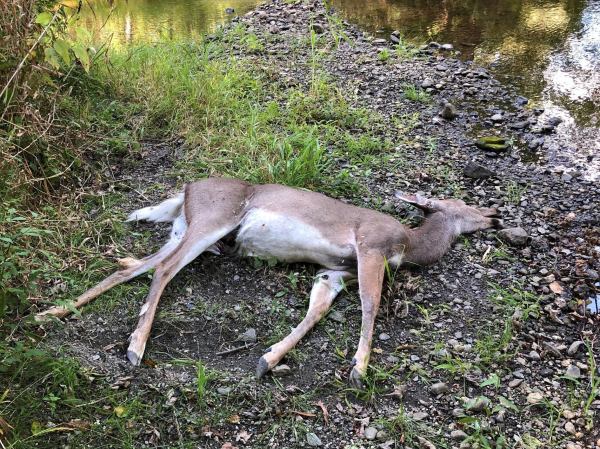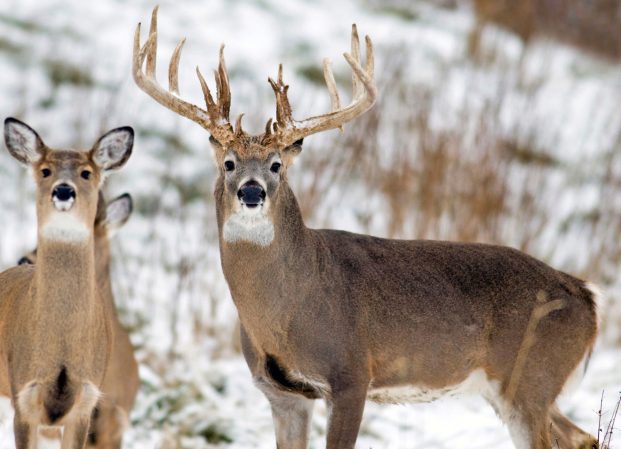Chronic Wasting Disease (CWD) has been buzzing around headlines this year. It’s something game officials are taking seriously and that’s especially true in Missouri where sportsmen spend over $690 million each year on deer hunting and related activities. If the deer go away so does the revenue and thousands of jobs that depend on big game hunters.
Last week the Missouri Conservation Commission approved changes that indefinitely suspend issuing permits for new big-game hunting facilities and new wildlife breeding facilities that hold whitetail deer or mule deer.
Those with existing permits will be grandfathered in and allowed to continue to breed and maintain their captive deer herds. Breeders of approved wildlife species other than whitetail and mule deer are not included in the suspension.
CWD first showed up in Missouri in 2010 and again in 2011 at two private big-game hunting preserves in Linn and Macon counties. One year later, the first two cases of CWD in free-ranging deer were confirmed in Macon County. The Missouri Department of Conservation (MDC) has tested more than 35,000 free-ranging deer for CWD from all parts of the state since 2002. To date, Missouri has confirmed a total of 11 cases of CWD in captive deer and 5 free-ranging deer.
The suspension is just one of several actions the MDC is taking to help protect free-ranging deer from CWD. Additionally, in May the Conservation Commission banned the use of grain, salt products, minerals and other consumable natural or manufactured products in the CWD Containment Zone. The ban prevents the unnatural concentration of deer, which could promote the spread of CWD.
To further inhibit the spread of CWD the Conservation Commission removed the antler restrictions in the CWD Containment Zone, which became effective July 1. Yearling and adult male deer have been found to exhibit CWD at higher rates than female deer so removing the antler restrictions should help limit the spread of CWD.
The Missouri Department of Conservation seems to be on top of its game with monitoring CWD and doing what it can to prevent the disease from spreading. Whitetail deer are a valuable resource in the state of Missouri and across the US. An outbreak of CWD could be devastating to the whitetail population and needs to be monitored closely in all states where the disease is currently present. Hopefully, with continued efforts states will be able to contain CWD and save our whitetails from a disease that always ends in death.





